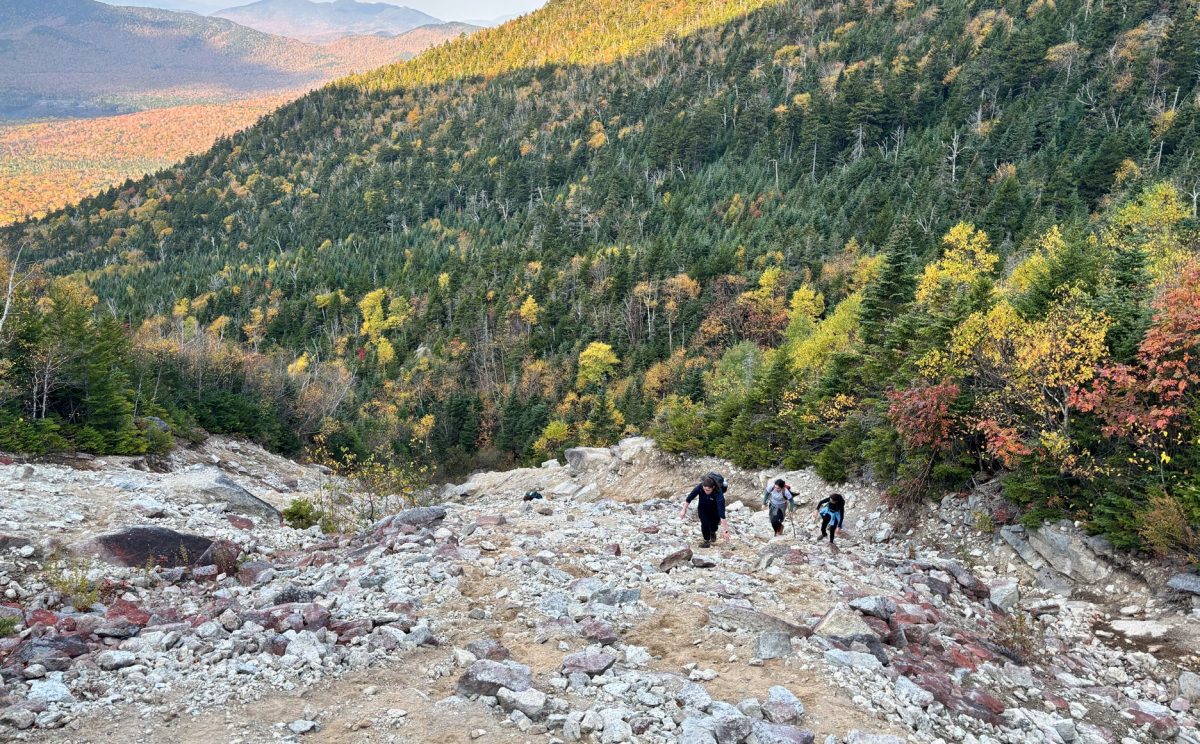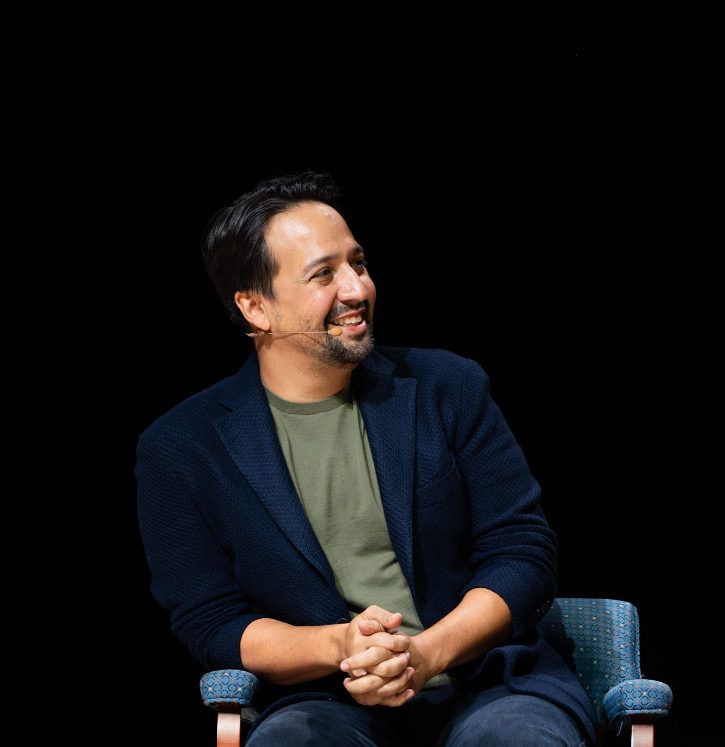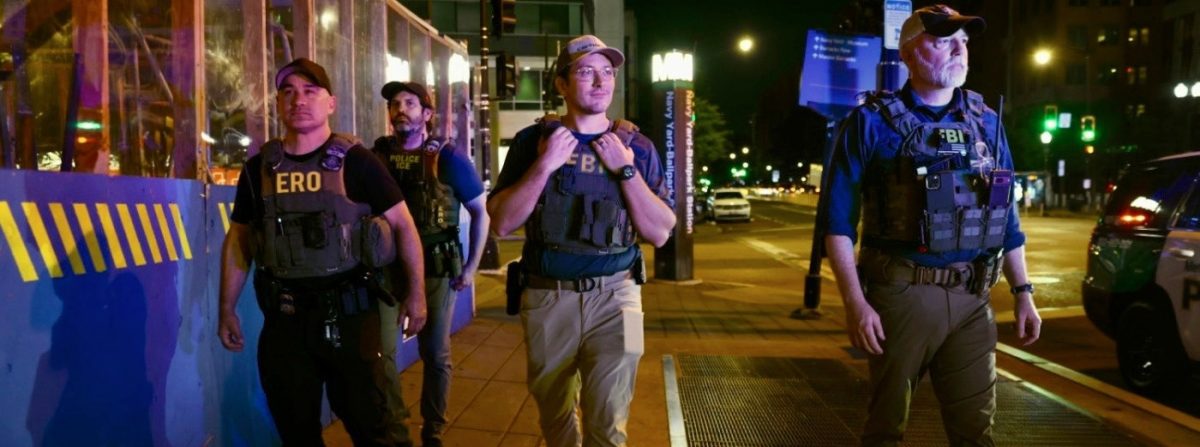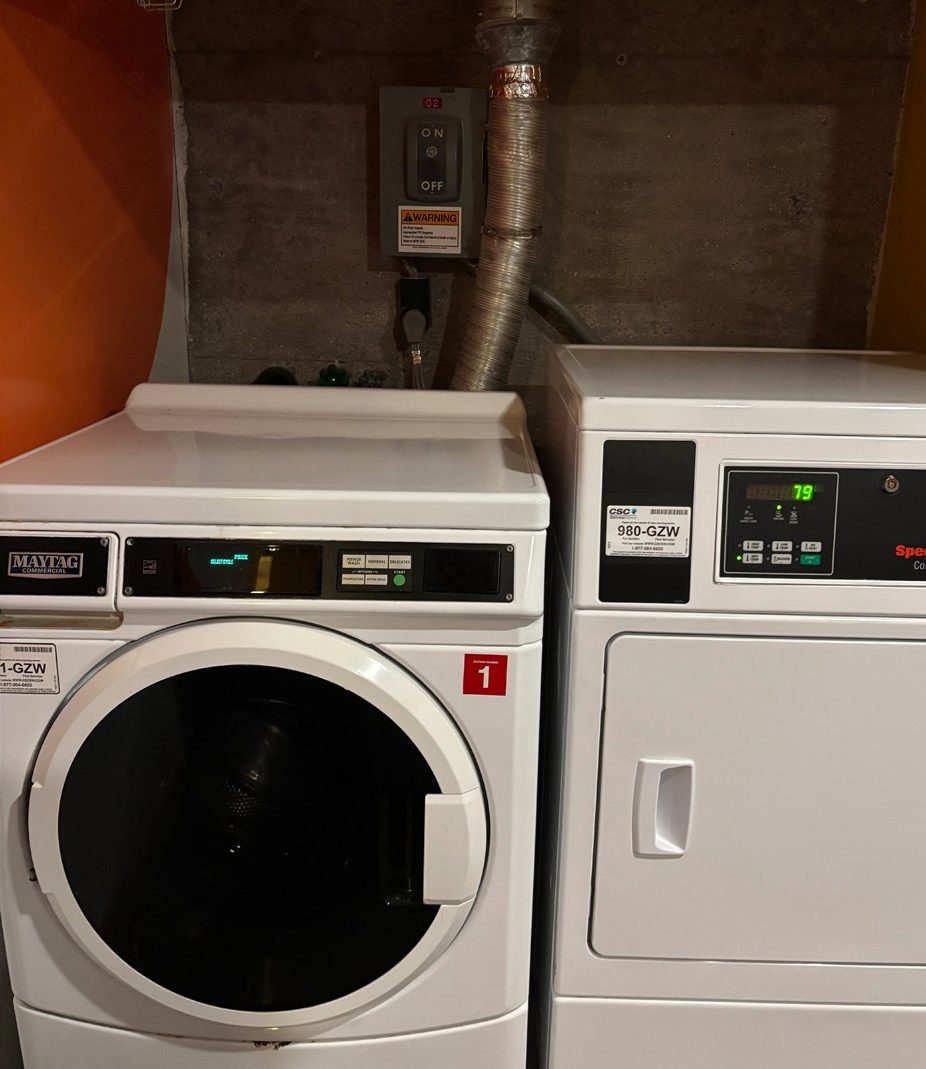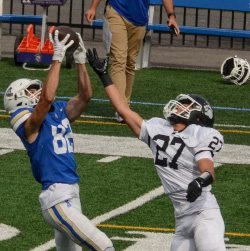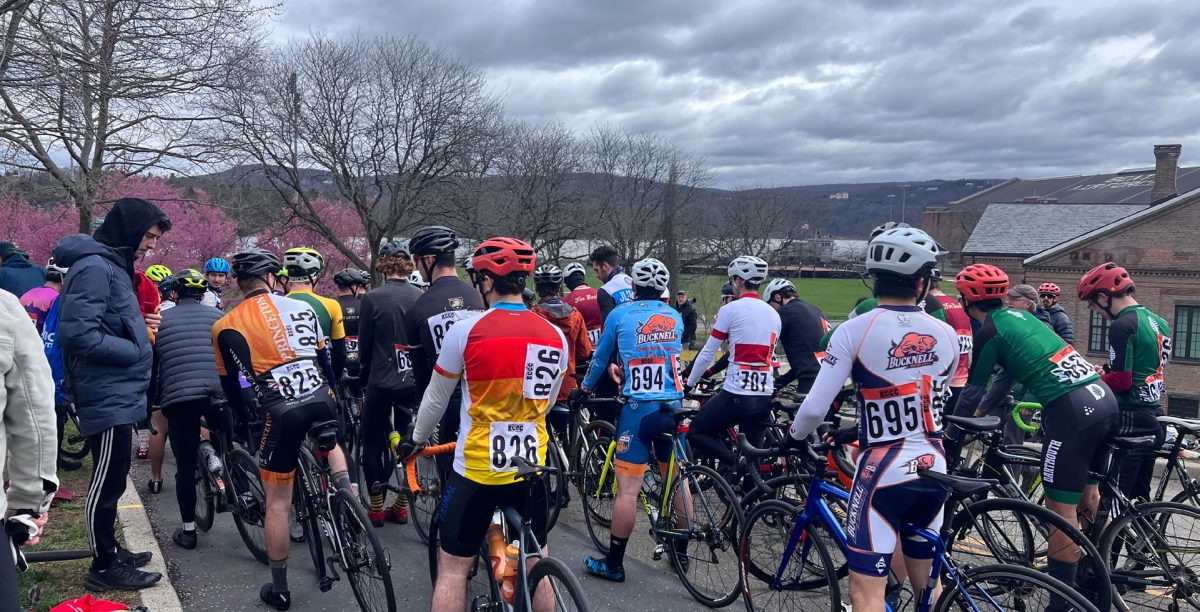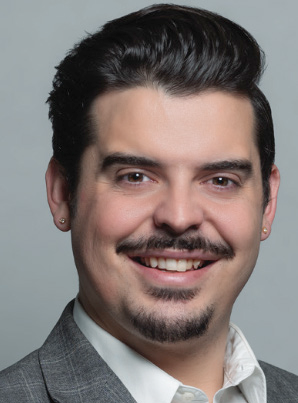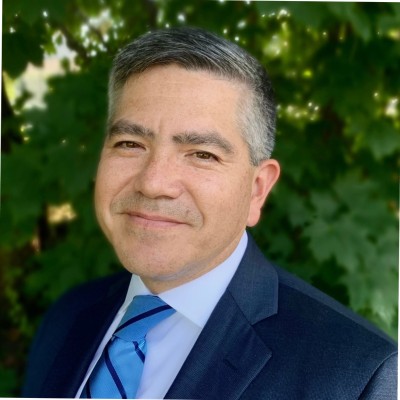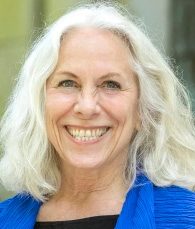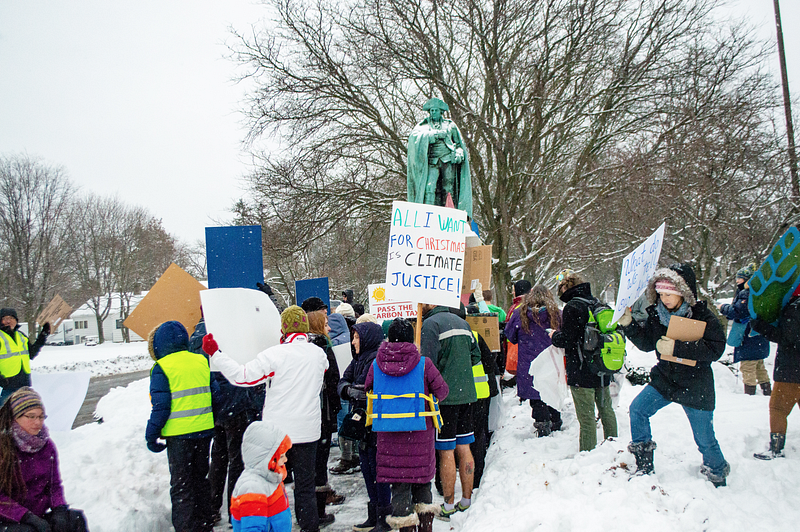
This past Friday, Dec. 6, many campus groups participated in the second climate strike of the semester on campus. The Sunrise Movement led this strike along with support from the Feminists of Color Collective (FCC), Shenandoah Kirkland Initiative (SKI), and Vegan Club. Beginning in Kirner Johnson at 10:45 a.m., students and faculty made their way to Buttrick Hall. Students wore all black and mourned for “the death of our generation at the hands of the climate crisis,” according to all-campus emails. On the steps of Buttrick, participants placed a coffin, which had a sign that said “Hamilton Divest 1985 — ”.
Sunrise listed their demands in an email sent to the student body, which included a call for Hamilton to divest and declare a Climate Emergency. There were several speakers, beginning with a Land Acknowledgement given by Daygot Leeyos (wolf clan) and Tsilos Edwards (wolf clan) from the Oneida Nation. They led the group through prayers and songs and set the atmosphere for the strike. People endured the snow and cold while holding posters on either side of the road outside of Buttrick. Speakers like Madison Lazenby ’23 led the group in chants like “This is what democracy looks like,” and Aiden Costello ’20 led the group in songs.
The first speaker was Eric Stenzel ’23, one of the main coordinators for the strikes. He spoke about a previous divestment campaign in 1985, which pushed for Hamilton to divest from Apartheid South Africa.
There has been some progress made with members of the administration on the climate issue. According to Stenzel, “the Sustainability Working Group now plans to move the Carbon Neutral date up from 2050.”
The next speaker at the strike was Zoe Sauvé ’23, who discussed the fears for “our futures, our lives, or children’s lives” that plague the minds of many young people today. This was displayed later in the strike when participants had the opportunity to shout out loud what they personally fear losing at the hands of the climate crisis. Sauvé ended with the question, “so I simply ask of Hamilton: which side are you on?”
The final speaker was Saphire Ruiz ’22, Co-Chair of the FCC, which worked with the Sunrise Movement to make this strike a reality. She brought to light many statistics about climate change and argued that “Wippman and the Board of Trustees are going to survive the crisis in their cushioned homes on their piles of money, while the Black, Brown, and Indigenous folk who have sacrificed everything to protect this earth and everything on it are left dead and without justice.” Ruiz claims that billions of people have already died because of the crisis, and the majority of those people were Black, Brown, and Indigenous folk, especially those of low-income background and in the Global South.
As the strike on campus wrapped up, there was another smaller march to a bus in the Dunham parking lot to transport strikers to the larger strike in Utica. Aoife Thomas ’20 commented that “While no one came outside [of Buttrick] to address the protestors, I am sure they were aware of what was happening.” Ruiz also agreed, stating that “divestment is definitely on people’s radars now.” Buttrick was empty at the time of the protest because the President was off-campus for the Board of Trustees meeting in New York City.
When the bus with the strikers arrived in Utica, there were already strikers on location. Hamilton students helped hand out signs made from recycled cardboard. Some community members brought a kayak and life jackets and they protested in snow for roughly two hours. Honks filled the air as cars drove by from all directions, indicating their support. Hamilton students had the opportunity to talk with other members of the Utica community, as well as members from Utica College Outdoors Club, Indivisible Mohawk Valley, Citizen Action Central New York, Extinction Rebellion, the town of Kirkland’s Democratic Committee, which all worked together to make this strike a reality. In total there were about 80 people who signed in at the strike.
Towards the end of the strike, Stenzel emphasized the fact that Utica and Oneida County have no climate action plan, to which the strike worked to bring awareness. He hopes to continue to see an increase in numbers as more strikes are held in the future.
Ruiz says that “we aren’t going to stop the strikes, the protests, the campaigning, any of it until Hamilton divests from fossil fuels.” There is another strike being planned for Earth Day 2020.
Outside of divestment, the College has made efforts to address climate change. In 2017, the College created the Hamilton Sustainability Coordinators (HSC) that directs three separate committees in an effort to create an eco-friendly campus. The Food and Waste, Grounds, and Education and Awareness Committees have facilitated major sustainability projects in 2018 and 2019. The Food and Waste Committee hosted Green Mondays every Monday in McEwen Dining Hall where no meat was served for both lunch and dinner. Both this and images they created in Commons Dining Hall of carbon and water footprints seek to educate the public on the environmental impact of food systems. The Committee also hosts Sadove presentations where the community can learn about proper waste segregation and updated the Solid Waste Management Plan in the Spring of 2019 to make it more sustainable off Campus.
Other projects include the Grounds Committee planting their first pollinator garden in front of Roger’s estate to provide biodiverse habitats for pollinators of all types and reforestation in the Golf Course. In conjunction with forester Steve Bick and the Hamilton Grant’s Office, they have worked to develop a grant application for resources to properly manage the forest and clean up invasive species at Hamilton’s reservoir plot. The Education and Awareness Committee has hosted glen walks through the Kirkland Glen to speak about sustainability, had environmentally-themed Trivia night, and collaborated with Sadove Late Nite, where over 200 students attended their environmental crafts and education night.


